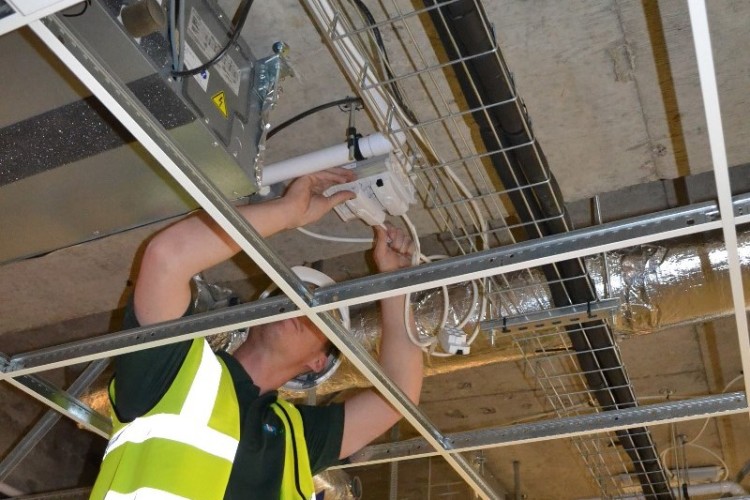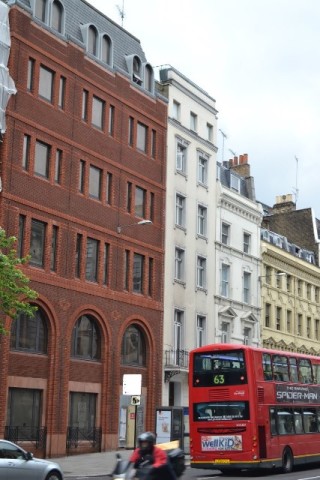Working at 6-7 New Bridge Street in central London, Burgin Contracting used German supplier Hager’s Klik System for everything from the distribution boards right through to final luminaires and lighting control. The prefabricated wiring system also provides power to fan coil units throughout the seven-storey building.
Burgin electrical operations manager Andy Collinge said: “The system has saved us significant time in the first fix because there are fewer hardwired connections to make. This labour saving translates into a cost saving on the job making us more competitive in the tender.
“In addition there will be significant savings when it comes to inspection and testing since the system has been designed and manufactured in a factory controlled environment, so it has already been pretested. This in turn means that there should be less fault finding before we hand over the completed job and then less snagging afterwards.”
Hager provided all of the sub distribution, which included 11 TP&N distribution boards; three of these boards are for the landlord’s supplies and eight for tenants. The dual distribution boards are all MID metered for both lighting and power to meet Part L2, and with MID approval can be used for billing tenants if the landlord chooses to do so.
.png)
The multi-core home run cables from these boards plug into area distribution boards (ADBs) in the ceiling void, which in turn plug into lighting marshalling boxes (LMBs). The luminaires then plug into the marshalling boxes as do the occupancy sensors that provide the lighting control.
The occupancy sensors switch the lighting on in response to motion and then switch them off after a time out period when there is no further motion. They also contain a photocell so that the luminaires switch off if natural light levels are above a set level.
Mr Collinge added: “All of the products were delivered complete with drawings that detail exactly what leads should be used where. All of the cables are labelled, so there was no problem in identifying what cables are used for which connections, so human error was minimised.”
Got a story? Email news@theconstructionindex.co.uk



.gif)
